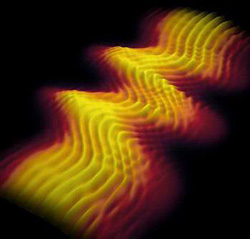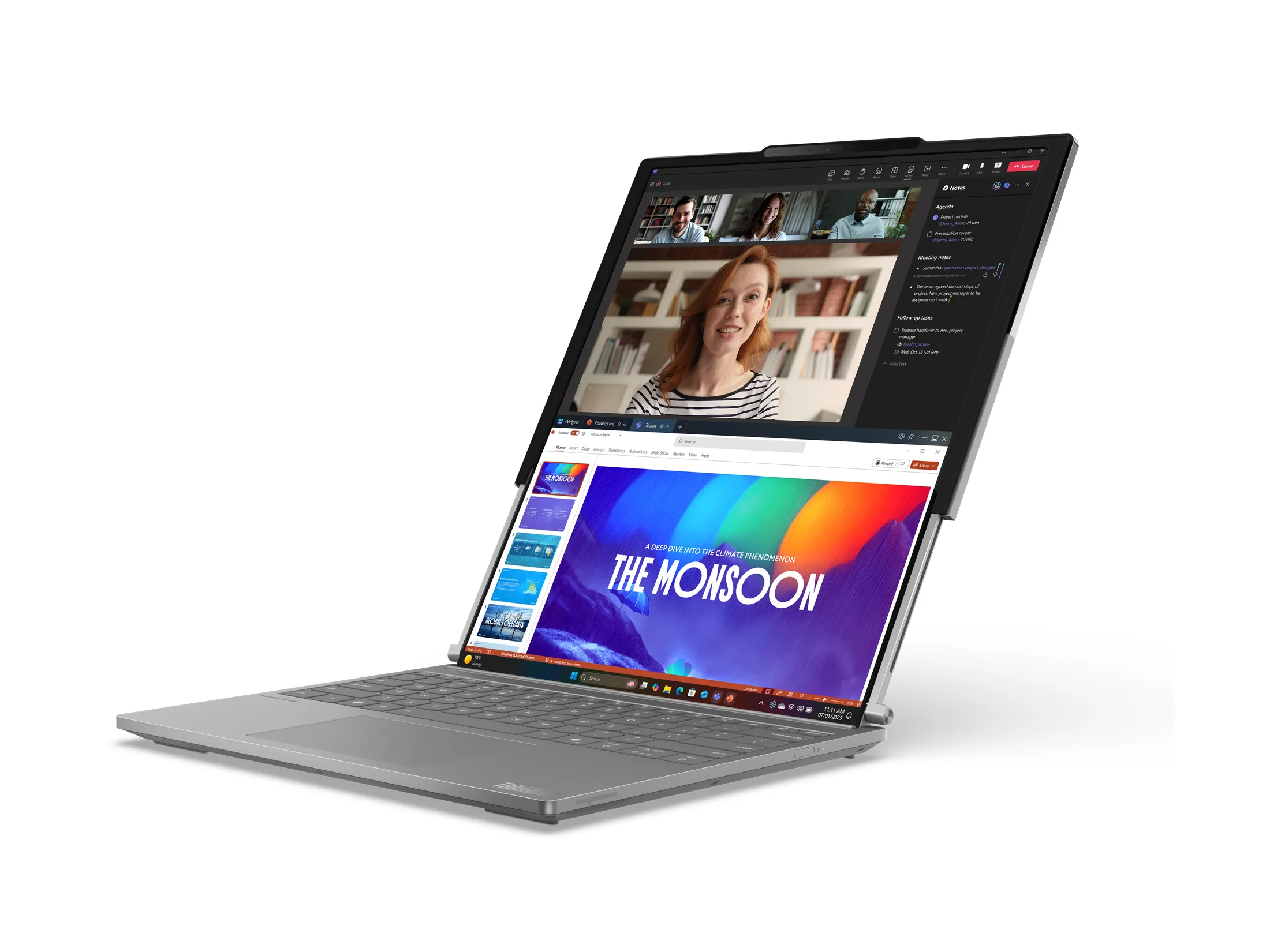 By Andrew Liszewski
By Andrew Liszewski
Ok, this is officially the coolest image I’ve ever seen. What you see on the right is a pulse of light that is 2.5 billionths of a millionth of a second long. The image was captured by researchers at the Max Planck Institute for Quantum Optics in Garching, Germany and the flash of laser light that made it possible lasted just 80 attoseconds. (An attosecond is one billionth of one billionth of a second.) The previous record for the shortest light pulse was 130 attoseconds set in 2007, and almost halving that number a year later is an impressive feat
But don’t expect your Nikon or Canon DSLR to pull off a cool shot like this. The team responsible for it used a laser firing extremely short pulses into a cloud of neon gas which ionized the neon atoms. This then releases electrons which the researchers were able to measure in order to produce this side-profile shot of the laser pulse.
The light pulses are produced by firing longer, but still very short laser pulses into a cloud of neon gas. The laser gives a kick of energy to the neon atoms, which then release this energy in the form of brief pulses of extreme ultraviolet light.
The trigger pulses contained only one or two oscillations of a light wave so that they packed a compact energy punch when they reached the neon cloud. To do this, the researchers had to corral the trigger-pulse photons into a tightly packed bunch using a device called a chirped mirror. These multilayered mirrors make the photons at the front of a pulse travel further than the slower photons at the rear do. That gives the back markers time to catch up, in this case producing a tight pack of photons that hit the neon atoms at roughly the same time.
To find out how short the light flashes from the neon atoms were, Goulielmakis and colleagues directed them onto a second neon gas cloud. As each flash is intense enough to completely ionise a neon atom and release an electron, the researchers could use those electrons like a flashgun, to illuminate some of the original 2.5 femtosecond trigger pulses of laser light.
Since the microscopic world is still a big mystery to us, this method might eventually allow researches to visualize the movements of electrons around atoms, or even ‘see’ nuclear particles like protons.
[ Fastest-ever flashgun captures image of light wave ] VIA [ Slashdot ]










